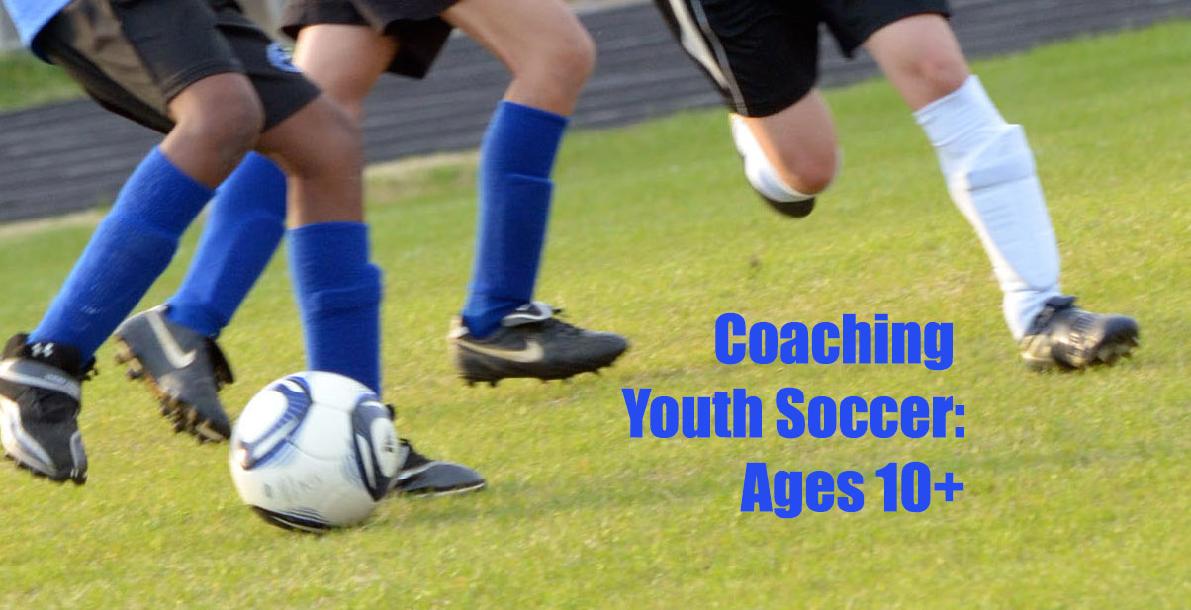1
2
3
4
5
6
7
8
9
10
11
12
13
14
15
16
17
18
19
20
21
22
Lesson 23:
Passing and Receiving Basics
24
25
26
27
28
29
30
31
32
33
34
35
36
37
38
39
40
41
42
43
44
45
46
47
48
49
50
51
52
53
54
55
56
57
58
59
60
61
62
63
64
65
66
67
68
69
70
71
72
73
74
75
76
77
78

Take your team to the next level with instrucional coaching course from former collegiate coach Nick Harrison. Developed specifically for experienced players, these teaching videos emphasize more sophisticated soccer skills in over 70 drills on advanced dribbling, turning, moving, passing, receiving, and shooting. Guide your talented young players toward the success that you know they can achie...
